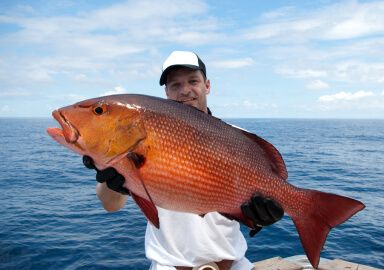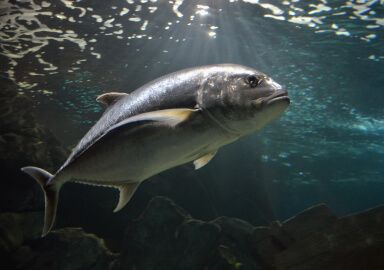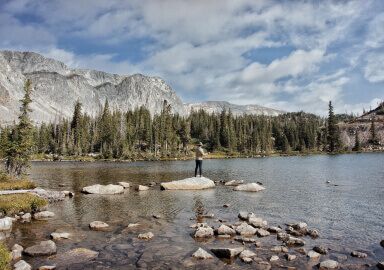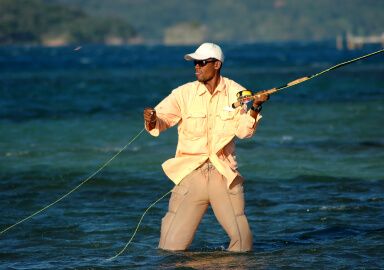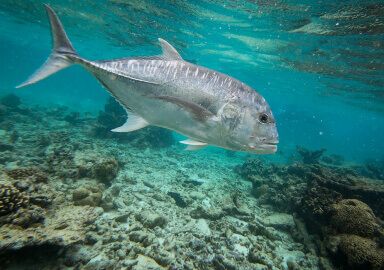Wreck Fishing
Shipwrecks attract many people who look at them, dive around them and fish around them - because they are an even stronger attraction to fish.
View 158 listings
158
listings
–
price starting from
22
countries
186
fish species
–
to the nearest trip
About Wreck Fishing
Wrecks are ships, submarines, airplanes, and other vehicles sent to the bottom of the sea by the superior forces of nature, human malice, or sometimes a conscious desire to provide an artificial reef. They are an irresistible attraction to almost every species of fish.
A wreck usually comes with countless big and small openings and cavities, which offer good protective habitat. It breaks the monotony of the surface, creating areas of both stronger current and calmer waters. Plants and mussels, and invertebrates that live among them, provide an abundant food resource for small fish, which attract predators, which attract bigger predators, and so on up to the upper end of the trophic cascade.
Although wrecks are found in the bigger rivers or lakes as well, most wreck fishing takes place offshore at sea. Some areas, where especially rough seas historically led to higher sinkage rates, are especially famous for their wrecks, but any good charter captain in any port knows a wreck or two where to take the clients. As you can guess, any saltwater fish can be caught around a wreck - seabass and amberjack, flounder and rays, ling and cod, barracuda and grouper, tuna and marlin - if it is found in that particular area, it will be hanging around there.
As per what fishing tackle to use while wreck fishing, the common advice is to bring a lot, and of all kinds. The variety of fish you can find around the wreck alone calls for diversity, as you never know what species will be most active on a given day. Last but not least, snags are an inevitable part of wreck fishing, so be sure to have a replacement for the gear you’re likely to lose. Barracuda is especially notorious in this respect, as it loves to grab the bait and dash back to cover with it.
Numerous tactics may be employed as well. Trolling around the wreck, either in circles or doing a figure-eight, is a reliable way to catch the big pellagrics, including sailfish, tuna and shark. When fishing for bottom dwellers, both bottom fishing with live bait and jigging provide good results, and a proper spinning rod is good to have at hand as well.
The choice you’ll have to make here is whether to drift over the wreck, or have the boat anchored over it. Roughly speaking, anchoring is best if you can locate the sweet spot where the fish baits on this day, but it may take some trial and error, and the errors lead to significant time loss. Drifting, by contrast, allows you to explore the whole length of the wreck, but implies a significantly higher number of snags. Whichever way of wreck fishing you choose, mind the etiquette: in most cases it’s bad taste to approach a wreck when there’s another boat on it, especially if the boat carries divers.



